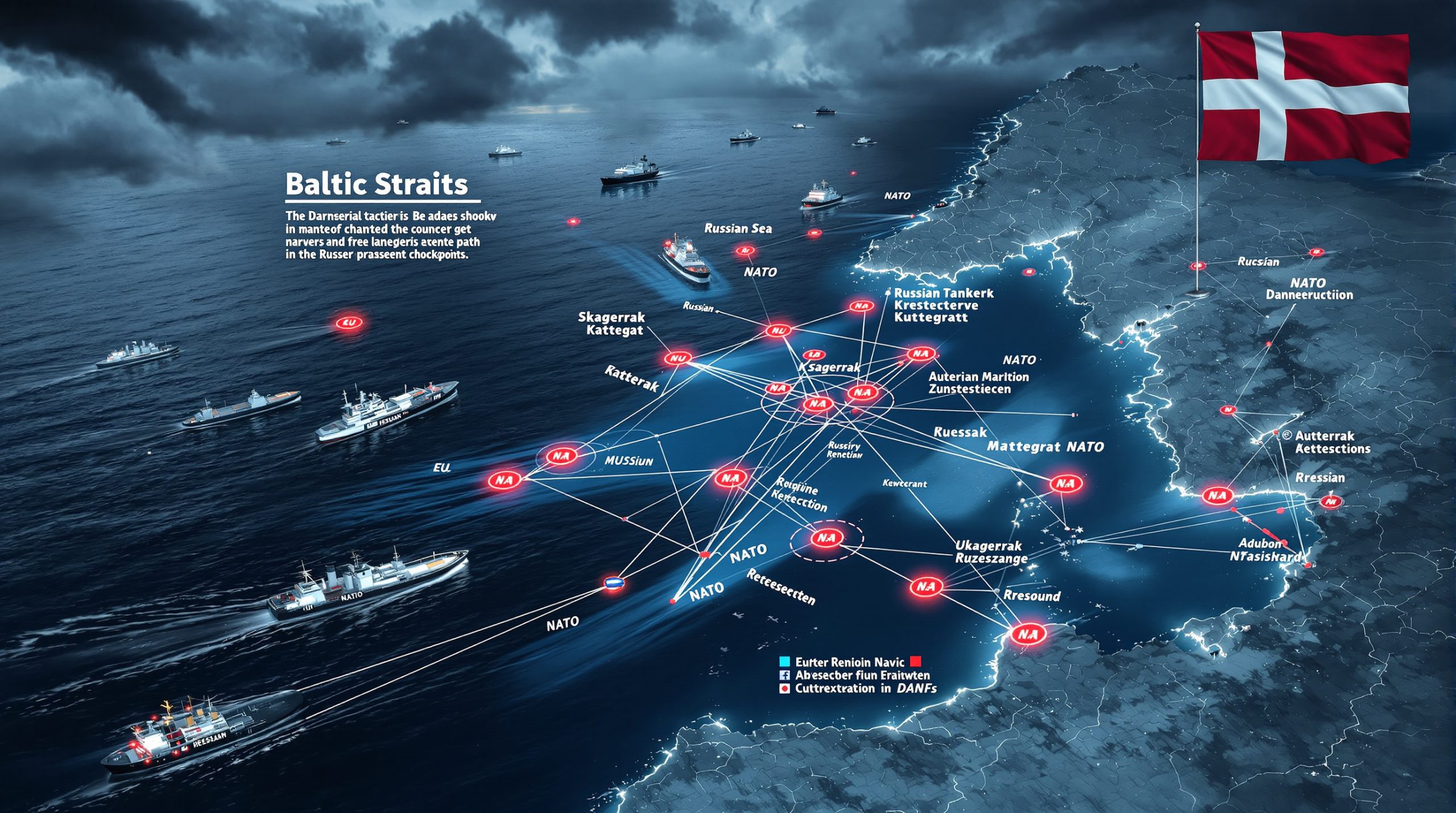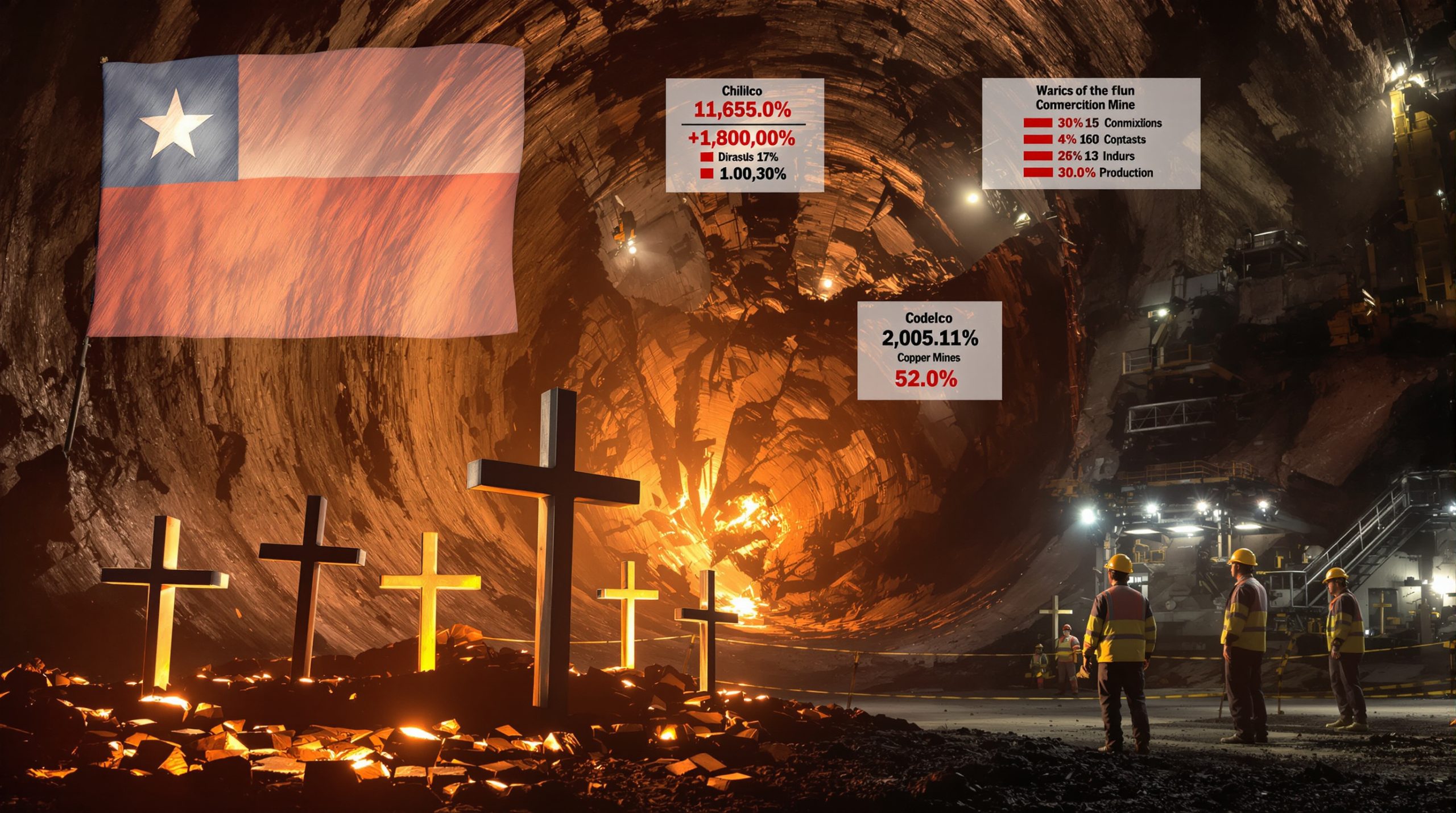ArcelorMittal South Africa Unit Bid: Strategic Analysis and Implications
South Africa's Industrial Development Corporation (IDC), the country's premier development finance institution, is preparing a potential 8.5 billion rand ($491 million) bid to acquire control of ArcelorMittal's South African operations. This strategic move follows nearly two years of complex negotiations between the state firm, South Africa's trade and industry department, and the global steel giant.
The announcement has generated significant market attention, with ArcelorMittal South Africa (Amsa) shares surging up to 19% following the news before settling at a 7.5% increase to 1.29 rand by mid-afternoon trading. This market response highlights the perceived value of the potential transaction that substantially exceeds the company's current 1.5 billion rand market capitalization.
Financial Structure of the Proposed Deal
The proposed 8.5 billion rand transaction would primarily focus on repaying loans extended by ArcelorMittal to its South African unit, with an additional cash component included. This valuation represents a significant premium over Amsa's current market value, reflecting the strategic importance of these assets beyond their stock market pricing.
The IDC would largely fund the acquisition, leveraging its position as South Africa's development finance leader. Currently, the IDC is already the largest shareholder in Amsa after the parent company, giving it a foundational position from which to launch this strategic bid.
A formal six-month due diligence agreement between the parties expires on September 30, 2025, marking a critical decision point in the negotiation process. Industry analysts note that while no final decisions have been made, ArcelorMittal is likely to accept an offer of this magnitude given the operational challenges facing its South African business.
The Crisis Facing South African Steel Production
ArcelorMittal's November 2023 announcement about potentially shutting two crucial steel mills triggered urgent government intervention to preserve these strategically important industrial assets. The Newcastle and Vereeniging facilities produce steel grades essential to South Africa's automotive manufacturing and mining sectors, making their potential closure a matter of national economic security.
Employment and Economic Impact
The potential shutdown of these facilities would directly threaten approximately 3,500 jobs, with far-reaching implications for South Africa's broader industrial ecosystem. Labor representatives have warned that job losses could exceed 4,000 when accounting for all affected positions.
Even more concerning is the cascade effect throughout supply chains, with an estimated 100,000 additional jobs at supplier and customer companies potentially impacted. This represents a significant portion of South Africa's industrial workforce, concentrated in regions with limited alternative employment opportunities.
Operational Challenges Undermining Viability
ArcelorMittal has attributed its closure decisions to multiple critical operational challenges:
- Escalating electricity costs from South Africa's struggling national utility Eskom
- Unreliable rail service disrupting supply chains and raw material delivery
- Competition from low-priced steel imports undermining market share
- Disadvantageous government policies that provide competitors with discounts on steel scrap raw materials
These challenges have collectively eroded the competitiveness of ArcelorMittal's South African operations, leading to the current crisis situation that prompted government intervention.
Strategic Assets Included in the Potential Transaction
The proposed transaction encompasses a significant portfolio of steel production assets across South Africa, including both active facilities and dormant operations with potential for revival.
Active Production Facilities
The acquisition would include ArcelorMittal South Africa's primary production sites:
- Newcastle facility (long-steel plant at risk of closure)
- Vereeniging facility (long-steel plant at risk of closure)
- Vanderbijlpark plant (flat-steel operations producing sheets and products for manufacturing and construction)
These facilities produce vital steel grades for South Africa's automotive, mining, and construction sectors, representing critical industrial capacity for the domestic economy.
Dormant Assets with Revival Potential
Beyond the active operations, the transaction would include several idled facilities that could potentially be revitalized under new ownership:
- Pretoria facilities (currently idled)
- Saldanha operations (shuttered facilities on South Africa's west coast)
- Iron ore mining assets (a shuttered mine with potential for reopening)
These dormant assets represent additional value that could be unlocked through strategic reinvestment and operational improvements, potentially creating new jobs and economic activity in regions that have suffered from deindustrialization.
The IDC's Partnership Strategy for Acquisition
The Industrial Development Corporation has indicated it doesn't intend to operate the steel facilities independently but would instead seek strategic partners with specialized industry expertise to manage the operations effectively.
Strategic Partnership Approach
The IDC's approach focuses on facilitating industrial development rather than direct operational management. In a September 12 letter to potential partner Networth Investments Ltd., the IDC wrote: "Should IDC be able to reach an in-principle agreement for a potential transaction, we will, based on guidance from our advisers, embark on a process of introducing potential strategic equity partners into Amsa."
This partnership model aligns with the IDC's institutional role as a development finance entity rather than an industrial operator, leveraging its financial resources while bringing in specialized steel industry expertise.
Current Interest from Potential Partners
Multiple companies have already approached the IDC expressing interest in potential partnerships, including:
- Full business partnerships alongside the state company
- Joint ventures focused on specific plant operations
- Phased investment approaches with varied partner involvement
Networth Investments Ltd. has been particularly active, making a formal proposal to repay the IDC for a controlling stake over five years. This represents one of several repeated attempts by Networth to acquire Amsa assets, though previous offers have been unsuccessful.
Historical Context and Market Significance
ArcelorMittal's South African operations have undergone significant transformation since their origins as a state-owned enterprise, reflecting broader shifts in the global steel industry.
ArcelorMittal's Evolution in South Africa
The company now known as ArcelorMittal South Africa was formerly Iscor Ltd., a South African state-owned steel company. In 2003, it was acquired by Indian billionaire Lakshmi Mittal's Mittal Steel Co., before becoming part of ArcelorMittal through the 2006 merger with Arcelor SA.
This transition from state ownership to international private control parallels similar developments in steel industries globally, as formerly national champions became integrated into transnational steel conglomerates as part of broader mining consolidation trends.
Market Performance Trajectory
Amsa's financial trajectory illustrates the challenges facing steel producers in emerging markets:
- Peak valuation: 116 billion rand in 2008
- Current market value: Approximately 1.5 billion rand
- Annual revenue: Nearly 40 billion rand in the most recent financial year
This stark contrast between peak valuation and current market capitalization underscores the structural challenges facing the South African steel industry, including energy costs, logistics constraints, and global competition affecting iron ore trends.
Broader Economic Implications
The proposed acquisition has significant implications for South Africa's industrial policy, manufacturing capacity, and economic sovereignty.
Industrial Policy Considerations
The South African government views domestic steel production as a strategic priority for several reasons:
- Manufacturing self-sufficiency: Maintaining domestic capacity in a critical industrial input
- Automotive sector support: Ensuring reliable supply for South Africa's substantial automotive manufacturing industry
- Mining industry integration: Supporting the country's mining sector with domestically-produced steel products
- Regional economic development: Preserving industrial employment in key manufacturing regions
These policy objectives underpin the government's support for IDC intervention in ArcelorMittal's operations rather than allowing market forces to potentially eliminate this production capacity. Furthermore, this approach aligns with broader efforts to promote mineral beneficiation in South Africa to capture more value from the country's natural resources.
Competitive Landscape Transformation
A successful acquisition could substantially reshape South Africa's steel industry competitive dynamics:
- Creating opportunities for new international steel producers to enter the market
- Enabling modernization investments in aging production facilities
- Improving operational efficiency through strategic partnerships
- Stabilizing domestic steel supply for downstream manufacturers
These potential outcomes align with South Africa's broader industrial policy goals of maintaining manufacturing capacity while improving efficiency and competitiveness. According to a Reuters report, industry experts suggest this could be a pivotal moment for the country's steel sector.
Challenges for Successful Restructuring
Any successful revitalization of ArcelorMittal's South African operations will require addressing several fundamental challenges that have undermined its viability.
Operational Viability Factors
Key operational issues that must be resolved include:
- Electricity cost management: Negotiating competitive power rates with national utility Eskom
- Transportation improvements: Addressing rail service reliability issues that disrupt supply chains
- Import competition: Developing appropriate trade policies to address low-priced imports
- Raw material access: Resolving policies that disadvantage ArcelorMittal compared to competitors
Without addressing these structural challenges, even new ownership may struggle to achieve sustainable profitability. These issues are part of the broader industry evolution insights that mining and metallurgical companies must navigate.
Financial Restructuring Requirements
Beyond operational improvements, financial restructuring will be essential:
- Debt management: Addressing the existing debt burden that constrains operational flexibility
- Capital expenditure planning: Developing investment strategies for essential modernization
- Working capital optimization: Improving cash flow management to support ongoing operations
- Government support mechanisms: Potential policy interventions to support competitiveness
These financial considerations will be central to any successful acquisition and turnaround strategy. Analysts at Moneyweb have noted that valuation disagreements have previously hindered potential deals.
Next Steps in the Acquisition Process
The acquisition process has reached a critical juncture with the expiration of the due diligence agreement on September 30, 2025.
Critical Timeline Elements
Key milestones in the acquisition process include:
- Due diligence completion: Assessment of ArcelorMittal's South African assets and operations
- Formal bid submission: Official 8.5 billion rand offer presentation
- Negotiation of final terms: Determining detailed transaction structure and conditions
- Regulatory approvals: Securing necessary government and competition authority clearances
- Transition planning: Developing operational handover and management strategies
The immediate focus will be on finalizing the formal bid following due diligence completion, setting the stage for potential ownership transition.
Key Decision Factors for ArcelorMittal
ArcelorMittal's decision will likely balance several considerations:
- Financial value versus strategic portfolio priorities
- Global steel market positioning and resource allocation
- Alternative options for South African assets if the IDC bid is rejected
- Corporate responsibility considerations regarding employment impacts
Industry analysts suggest that given the operational challenges and limited alternative options, ArcelorMittal is likely to accept an offer of the proposed magnitude. The outcome will have significant implications for investment strategy 2025 in the mining and metals sector.
FAQ: ArcelorMittal South Africa Unit Bid
What triggered the IDC's interest in acquiring ArcelorMittal's South African operations?
ArcelorMittal's November 2023 announcement that it planned to shut down two critical steel mills in South Africa prompted government intervention to preserve industrial capacity and protect thousands of jobs. These facilities produce steel grades essential to the country's automotive and mining sectors.
How does the proposed bid value compare to ArcelorMittal South Africa's current market value?
The potential 8.5 billion rand ($491 million) bid significantly exceeds ArcelorMittal South Africa's current market capitalization of approximately 1.5 billion rand. This premium reflects the strategic value of these assets beyond their current stock market valuation.
What role would the IDC play in managing the steel operations if the acquisition succeeds?
The IDC has indicated it would seek strategic partners with steel industry expertise to operate the facilities rather than managing them directly. This approach aligns with the IDC's role as a development finance institution focused on enabling industrial development through strategic investment.
How might this acquisition affect South Africa's domestic steel market?
A successful acquisition could stabilize the domestic steel supply, potentially preserving capacity for automotive and mining industries while opening possibilities for new international partnerships and modernization investments. The transaction could prevent the loss of critical industrial capacity and associated employment.
What are the main challenges that must be addressed for successful revitalization?
Any successful turnaround will require addressing fundamental challenges including high electricity costs, unreliable rail transportation, competition from imports, and disadvantageous raw material policies. Financial restructuring and capital investment will also be essential components of any viable recovery strategy.
Disclaimer
This analysis contains forward-looking statements regarding the potential acquisition of ArcelorMittal's South African operations by the Industrial Development Corporation. These statements involve risks and uncertainties, and actual outcomes may differ materially from those projected. The transaction remains subject to due diligence completion, formal offer acceptance, regulatory approvals, and final negotiation of terms.
Want to Profit from the Next Major Mineral Discovery?
Discover how significant ASX mineral discoveries can generate substantial returns by exploring Discovery Alert's dedicated discoveries page, where their proprietary Discovery IQ model transforms complex mineral data into actionable investment insights for both short-term traders and long-term investors.




